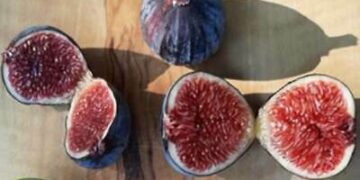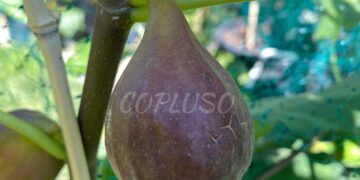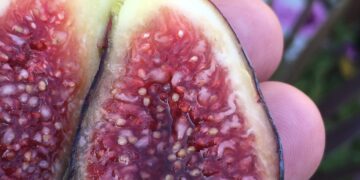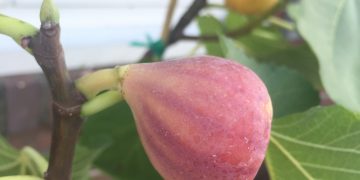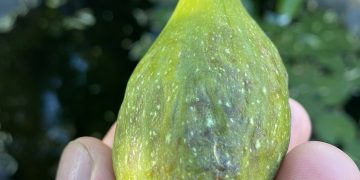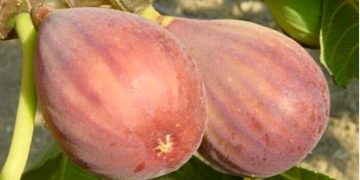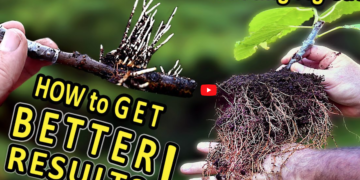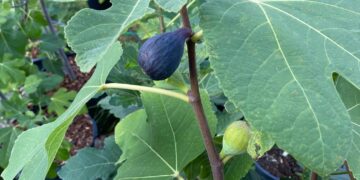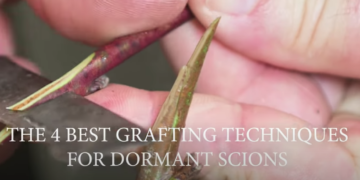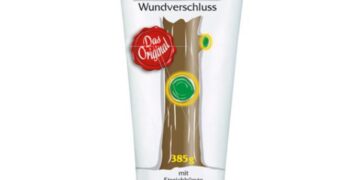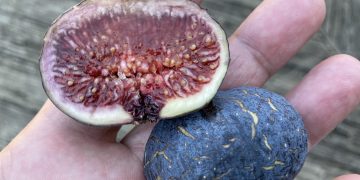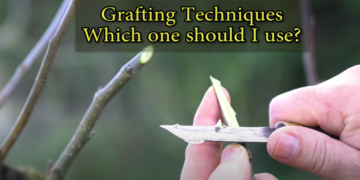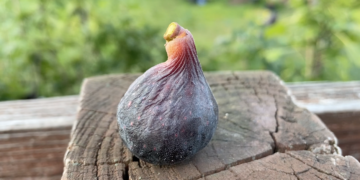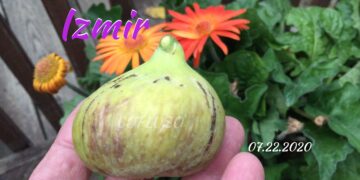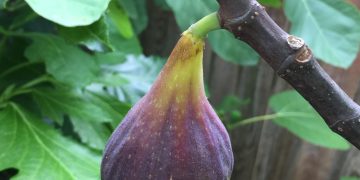Definitive subtitles in 24-48 hours. Sorry for the inconvenience. In this video you will see: How to choose which technique to use in different grafting situations How to execute each grafting technique How to avoid the most common mistakes Early spring is one of the best times of the year to graft our fruit trees.
Most fruit tree enthusiasts use the online forums to exchange scions of interesting varieties. Each year I usually have a few scions of different fruit trees stored in the fridge. I tend to wait that my rootstocks start to show signs of leaving dormancy to graft the most interesting varieties.
I like to graft in early spring, since grafting rootstocks that are starting to move sap while using dormant scions increases the percentage of successful grafts. The scions I receive in the mail are usually very limited as the varieties are new and the trees where they were collected are often small.
This also means that I frequently have to adapt to what I have available as scion wood. This scion limitation also makes choosing the right technique crucial, in each grafting situation. When only a couple of buds are in good condition, I often use the chip-budding technique.
Even when using other techniques, I often check to see if I can use the last bud for a chip-bud graft, before making the cut in the scion. In this case, I removed a wood chip with a bud and I will graft it first using the chip-bud technique.
Afterwards, I can finish the cut in the scion to use it in another grafting technique. This way I don’t lose a bud and I can do one more graft with it. Using the modified cleft graft is usually a necessity, due to the smaller diameter of the scions when compared to some of the available rootstocks.
That doesn’t mean this technique is less effective and its one of my favorites, as you can have success in very different situations. When most of the scion is in good shape I tend to use the whip and tongue technique, as its one of the most effective, even approaching 100 % of success, if all conditions are right.
This technique works very well with very different fruit types and, as it provides many cambium contact points, it’s quite forgiving, even when the execution is far from perfect. As for chip-budding, I tend to use it when the scions have well developed buds, and to maximize grafting material, as you can graft several rootstocks with only a couple of scion sticks.
In short, deciding which grafting technique to use has everything to do with available rootstocks and scion wood and I will try to show it more clearly during this video. When the scion has a smaller diameter than the rootstock I usually choose the Modified Cleft Grafting Technique.
With this technique you can even graft, successfully, scions that are less than half the diameter of the rootstock. When grafting kiwis or other fruit types that have hollow pits, you might have to make a shorter cut than usual, to find a patch of solid wood.
Making the cut near one edge of the rootstock will produce a narrower slot. This narrow slot is usually enough for the cambium layer of the scion to cross, at some point, with the cambium layer of the rootstock.
The angled back cut on the scion provides another point of cambium contact When using smaller scions I usually place them near an edge, so the cambium layer crosses, on one side, with the cambium layer of the rootstock.
The wood of some fruit trees is very fragile and soft, so keep good control of the knife to avoid injuries and take your time to avoid making a cut too long. If you do make a longer cut, clip the rootstock with the pruning scissors, at a lower point, and start again.
Starting at the top, tie the graft firmly making sure it will resist dislodging with strong winds or if a bird lands on it. I like to use natural raffia, slightly wet, but you can use rubber strips, several kinds of tape, and many other suitable materials.
Cover the graft to keep moisture in until it heals. I prefer to use parafilm as the buds can break it easily as they grow, but there are other options, like using pruning paste or covering the graft with a paper or plastic bag.
A modified cleft graft in a grape after 3 weeks. These are one-year-old modified cleft grafts in a pear tree. Here’s another one in a loquat tree. And another one in a Plumtree. The bud I removed from the base of the scion was grafted using the chip-bud grafting technique increasing my chances of preserving this variety.
This is one of the easiest techniques to perform and the only tricky point is being able to remove a straight wood chip, with a bud, from the scion. If possible, choose a well-developed bud, otherwise, it might not start growing in the same season.
Keep good control of the knife and, if you find resistance in the node area, use a rocking motion to help cut through it. Keeping the chip in place, to avoid dehydration, use it as a template, to make the cut in the rootstock.
Adjust the chip firmly in place against the bottom flap. Cover the chip with grafting tape to avoid dehydration. When using Parafilm you can cover the bud with one stretched, single lap. If using the plastic tape you will have to uncover the bud, after 2 weeks, so it can start growing.
Remove all rootstock buds below the graft. Here are a few chip-bud grafts in several stages. A 3-year-old chip-bud graft in a peach tree. And here’s a few chip-bud grafts 2 and 4 years old in Kiwi plants.
The whip and tongue grafting technique is the most difficult of these 3 to execute but it’s also the one with the highest percentage of success. The bevel cuts on the rootstock and the scion must be identical in angle and length.
Correct them if necessary. The tongue cut should also be identical in length and position, so the 2 parts can fit together perfectly without the tips overlapping. In fruit types that have a hollow pit, like figs and kiwis, the difficulty level is higher so practice is essential.
Tying the graft firmly will help to adjust less than perfect contact points. When tying with rubber strips or raffia protecting the graft with Parafilm is still necessary to avoid water entry points.
Covering the scion with parafilm is optional but I like to do it to prevent dehydration. With softer wood, the pressure of the parafilm tape will be enough to secure the graft, in most cases. Protecting the grafts with aluminum foil or a paper bag will prevent sun damage in the first couple of weeks.
A 2 years old whip and tongue graft in a peach tree. Failure to remove the graft ties after 6 months may start to strangle the graft, even when using rubber ties. After 2 or 3 years, most whip and tongue grafts will start to be difficult to see.
Remove all rootstock growth beneath the grafts and check regularly for new growth that might steal essential sap from the grafts. With the chip-budding technique be sure to leave most of the branch top growth until the graft starts to grow and reaches a couple of inches.
Afterward, remove the top growth gradually. With some fruit types, like figs, grapes, kiwis, and other fruit types that tend to dry between nodes, it’s better to graft near a rootstock node or the dieback might reach the graft.
If you are experiencing hot spring days, be sure to cover the grafts with aluminum foil to avoid a “greenhouse” effect that can cause graft failure. When using whip and tongue with smaller diameter scions the need to push the scion to one side produces a less perfect union, which will take a bit more time to heal completely.
Thanks for watching Check the channel for other videos on several useful grafting techniques, like the wedge grafting technique, that is starting to show results. If you appreciate my work, LIKE, Subscribe, Share the video and leave a comment, to help me make more.










